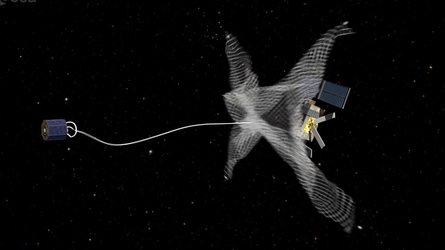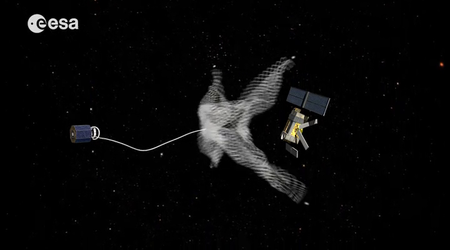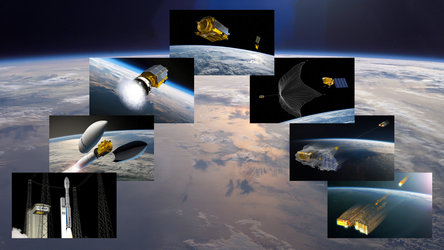

ESA Clean Space - De-Orbiting Kit
The deorbiting kit is a suite of equipment that is foreseen to be installed on the ground before the launch of the satellite. It is intended to perform the necessary functions to execute controlled re-entry of the satellite at end-of-life. The development and in-orbit demonstration of this system will open the way for the development of several other applications of autonomous deorbiting systems for future LEO missions, e.g. future ESA Earth observation missions. In addition, the work performed in this activity will define a basic foundation that can be adapted in the future for active debris removal mission concepts, e.g. on-orbit installation of deorbiting kits on satellites already in space.
The main objective of the Deorbiting Kit is to carry out the design and in-orbit demonstration of a ground-installed deorbiting kit, using the launch adaptor of an upcoming Vega-C mission. The VESPA+R adaptor intended for use on the ADRIOS - Clearspace-1 demonstration mission is used as a design reference case. The kit is being developed already taking into scalability and modularity requirements to ensure its compatibility with LEO and GEO clients.
The work performed in this activity will define a technology that will represent an important building block to the envisaged “zero-debris approach”, which requires successful disposal.
The activity is currently ongoing with a consortium led by D-Orbit (UK) and the first stage of consolidating the requirements and preliminary design of the kit and subsystems is expected to be complete by September 2023, followed by a detailed design and final implementation by 2026. Developing the deorbiting kit will help to achieve compliance with the ESA space debris mitigation policy.





